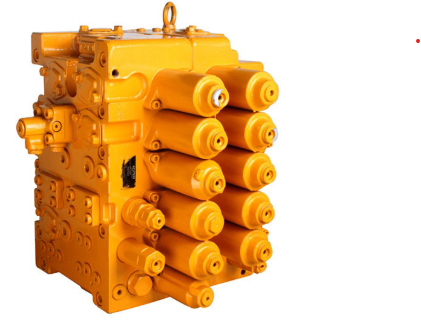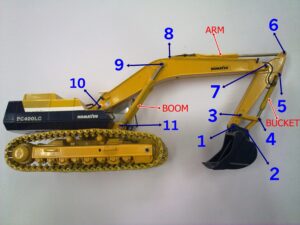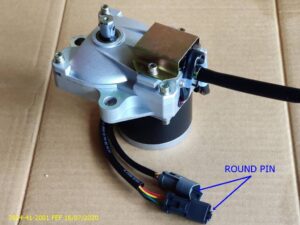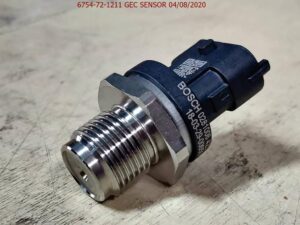The control valve in an excavator is essential for regulating and directing hydraulic fluid to various components of the machine. Here are five key functions of the excavator control valve:
- Regulates Hydraulic Flow: The control valve manages the flow of hydraulic fluid to different parts of the excavator, such as the boom, arm, bucket, and tracks. By controlling the flow, the valve ensures that each component receives the correct amount of power for efficient operation.
- Directs Fluid to Specific Cylinders: The control valve directs hydraulic fluid to the appropriate hydraulic cylinders based on the operator’s commands. This allows precise control over movements such as lifting, lowering, extending, or rotating parts of the excavator.
- Controls Speed and Force: The control valve helps regulate the speed and force of the hydraulic movements. By adjusting the fluid flow, it enables smooth operation with variable speed, ensuring that the machine responds accurately to different work conditions, from delicate maneuvers to heavy lifting.
- Enables Multi-Function Operation: The control valve allows multiple functions of the excavator to operate simultaneously, such as lifting the boom while extending the arm or rotating the cab while digging. This enhances the efficiency of the machine during complex tasks.
- Provides Safety and Protection: The control valve often includes features like pressure relief valves, which protect the hydraulic system from overpressure. This helps prevent damage to the system and ensures safe operation, particularly when the excavator is under heavy load or performing challenging tasks.
The control valve is central to the precise and efficient operation of the excavator, enabling the operator to manage complex hydraulic functions safely and effectively.




